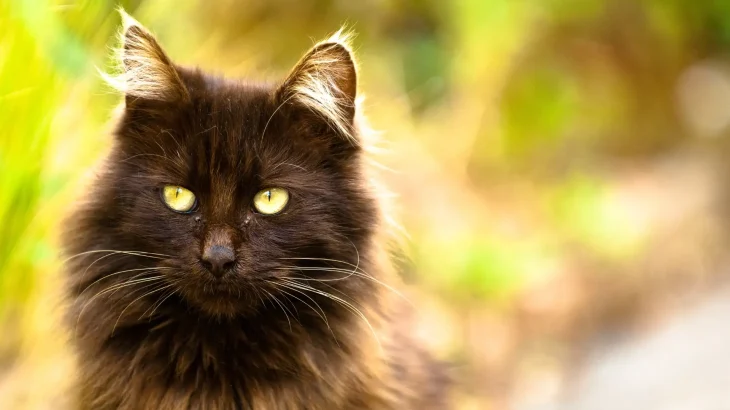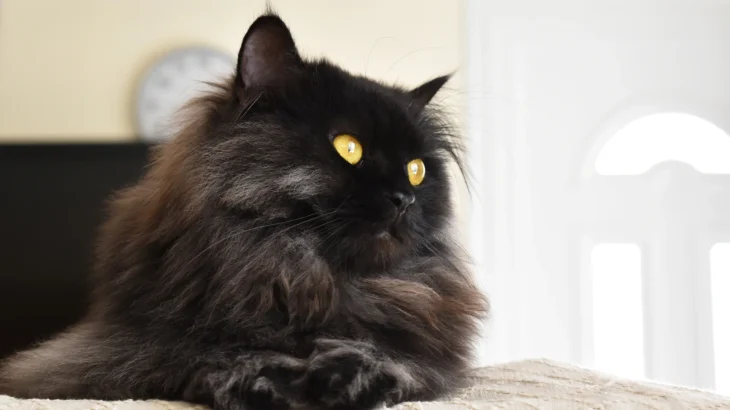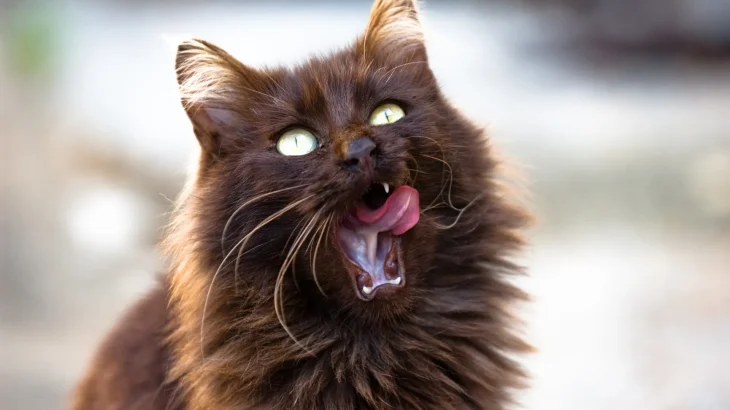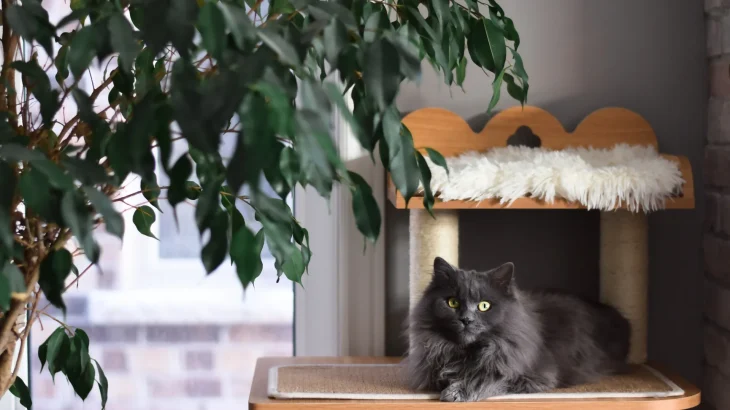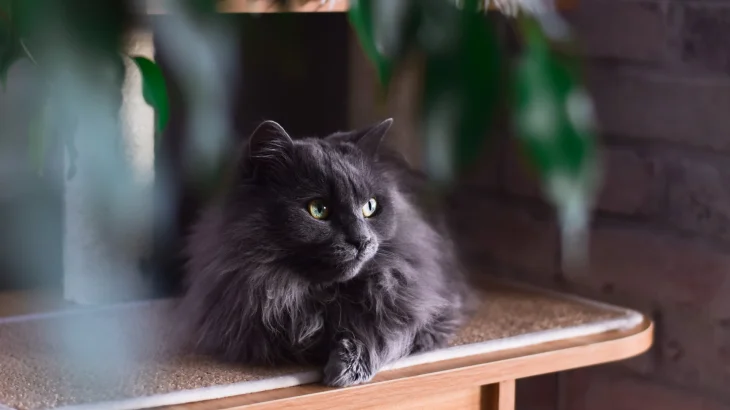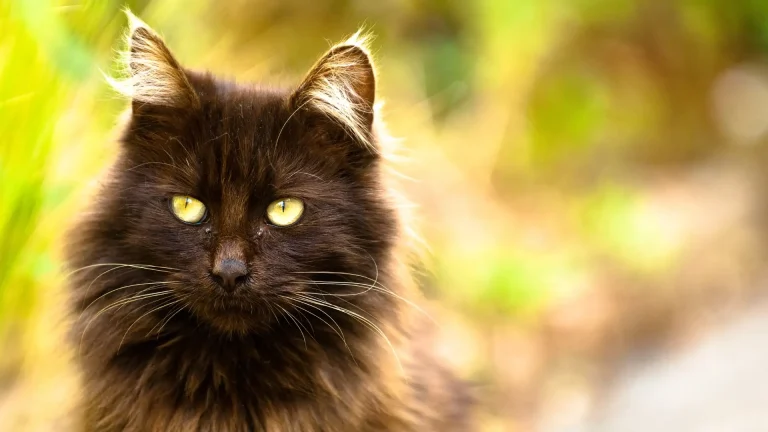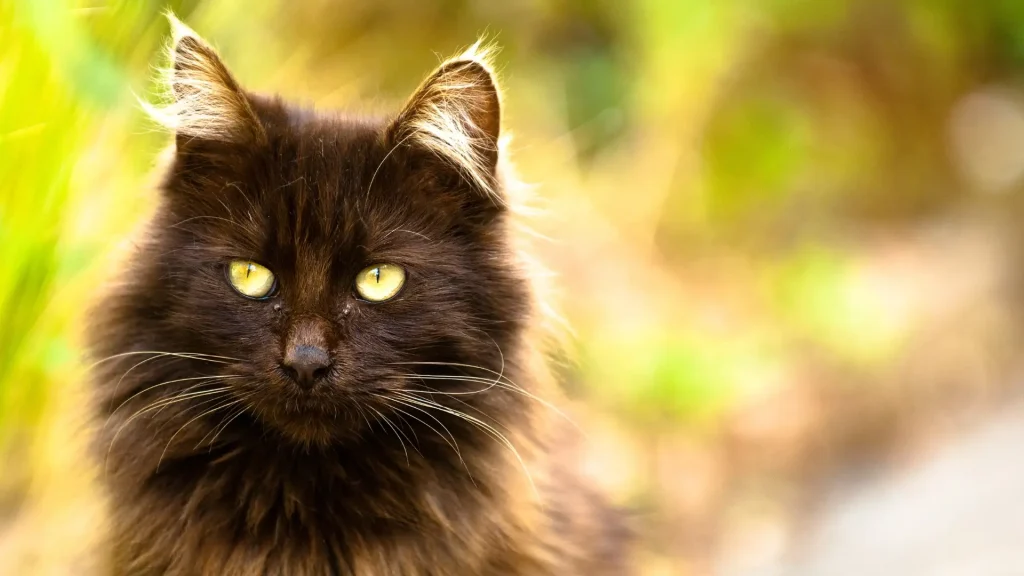When deciding on a Tiffanie kitten, you can either buy from a breeder or adopt from a shelter or rescue group. Purchasing from a breeder typically guarantees pedigree and detailed health info, while adoption might mean giving a loving home to a cat whose background is less clear but whose need is undeniable.
Adoption vs. Breeder: Pros & Cons
| Criteria | Buying from Breeder | Adopting from Shelter/Rescue |
|---|---|---|
| Cost | Higher price reflecting purebred status and breeder care. | Generally lower adoption fees, often including initial medical care. |
| Health History | Comprehensive health records and genetic testing commonly available. | Health history might be limited; basic health screening provided. |
| Age Availability | Usually kittens, letting you raise them from the start. | Variety of ages from kittens to adults, offering flexibility. |
| Temperament Insight | Breeders share lineage temperament and socialization details. | Shelter staff can describe behaviors, though background may be less predictable. |
| Supporting Practices | Supports responsible breed preservation if breeder is ethical. | Supports animal welfare by rescuing cats needing homes. |
| Breed Purity & Pedigree | Clear documentation guaranteeing breed standards. | Breed purity is usually unknown or mixed; focus on giving a home. |

